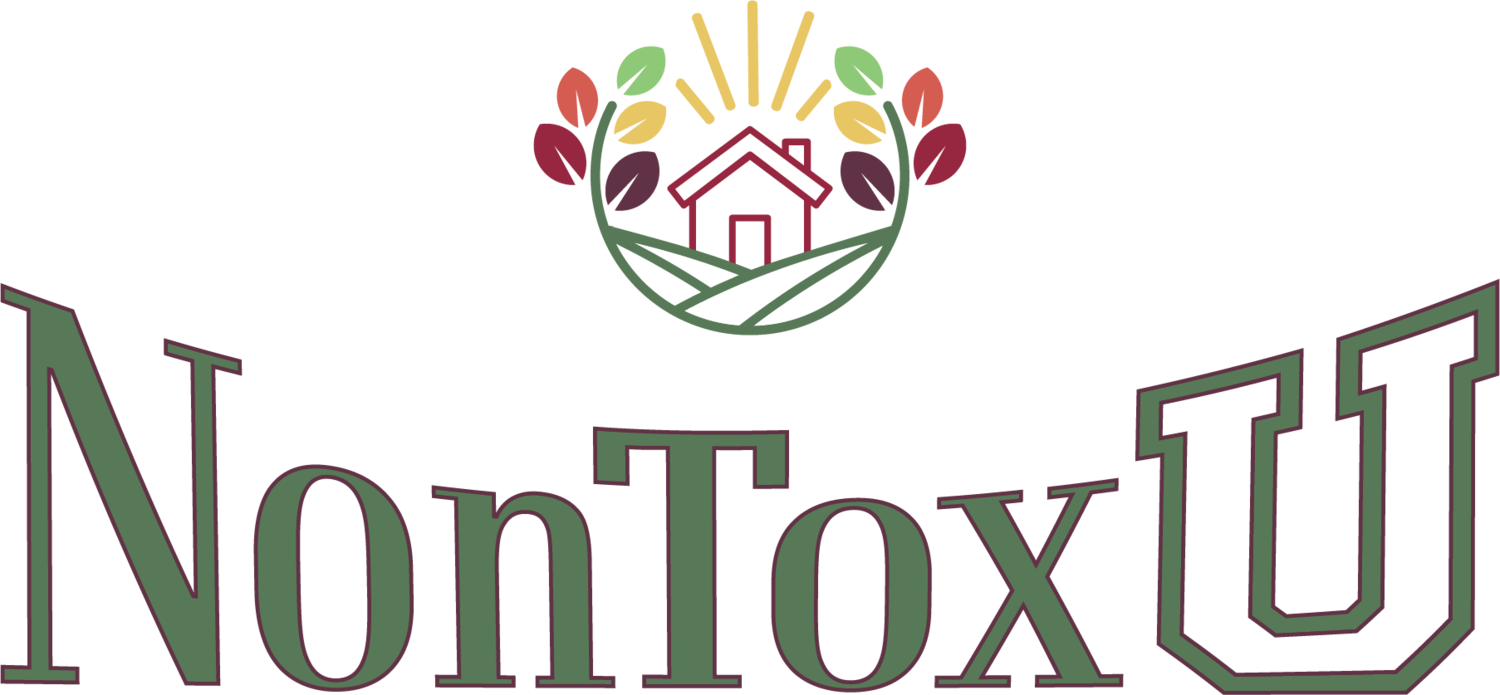Formaldehyde Free Plywood
January 12, 2015 by Debra Lynn Dadd
Question from TA
Debra, are you familiar with PureBond formaldehyde-free plywood? It is apparently available at Home Depot, and it is soy-based rather than using the urea formaldehyde. I typically avoid soy (have a bit of a food sensitivity to it and don’t think it’s great for us overall), but in this instance, we won’t be eating it, and it seems much better than typical plywood. But I’m wondering if you are familiar with it and recommend it, or if there are any other concerns I should be aware of with this product.
purebondplywood.com
Along the same lines, I’d like to know what type of materials you would recommend we use as the backing for a bookshelf. We’d like to construct a wood bookshelf to contain children’s building blocks, and this question will come up for us as we attempt to make DIY versions of other types of furniture for our child and our home. These types of bookcases typically have a particle board or fiberboard backing. Wanting to avoid the formaldehyde in those, I’m wondering if the PureBond plywood would work, or if there is a thinner (lightweight) option that is safe. We thought maybe a lower grade of pine would be one option, since the aesthetics aren’t important for the backing which will hardly be seen anyway. Other ideas?
Final question – is Baltic Birch plywood safe? I see alot of children’s items are made with that. They’re typically items that are sold by higher-quality brands and websites that sell natural-fiber items, but I’m always wondering if that type of wood is safe.
Debra’s Answer
PureBond formaldehyde-free plywood is fine. I haven’t used it, but I don’t see a problem with it.
You can use masonite as a backing for a bookcase. It’s just wood particles pressed together with steam. No resins.
Baltic Birch plywood is made from solid birch veneer, cross-banded, and laminated with exterior grade adhesive. Exterior grade adhesive is less toxic than interior grade. I’ve never used or inspected this plywood, so I have no first hand experience, and I also couldn’t find a MSDS to check for toxic ingredients. I would contact the manufacturer of those toy products and see if you can get more information about the material. It looks to be safer and higher quality than other plywoods, but I’m lacking information.
These are archives of Q&A asked by readers and answered by Debra Lynn Dadd (from 2005-2019) or Lisa Powers (from 2019-2020). Answers have been edited and updated as of December, 2020.
